Shaping Tomorrow's Cities: Sustainable Innovation in Architectural Design
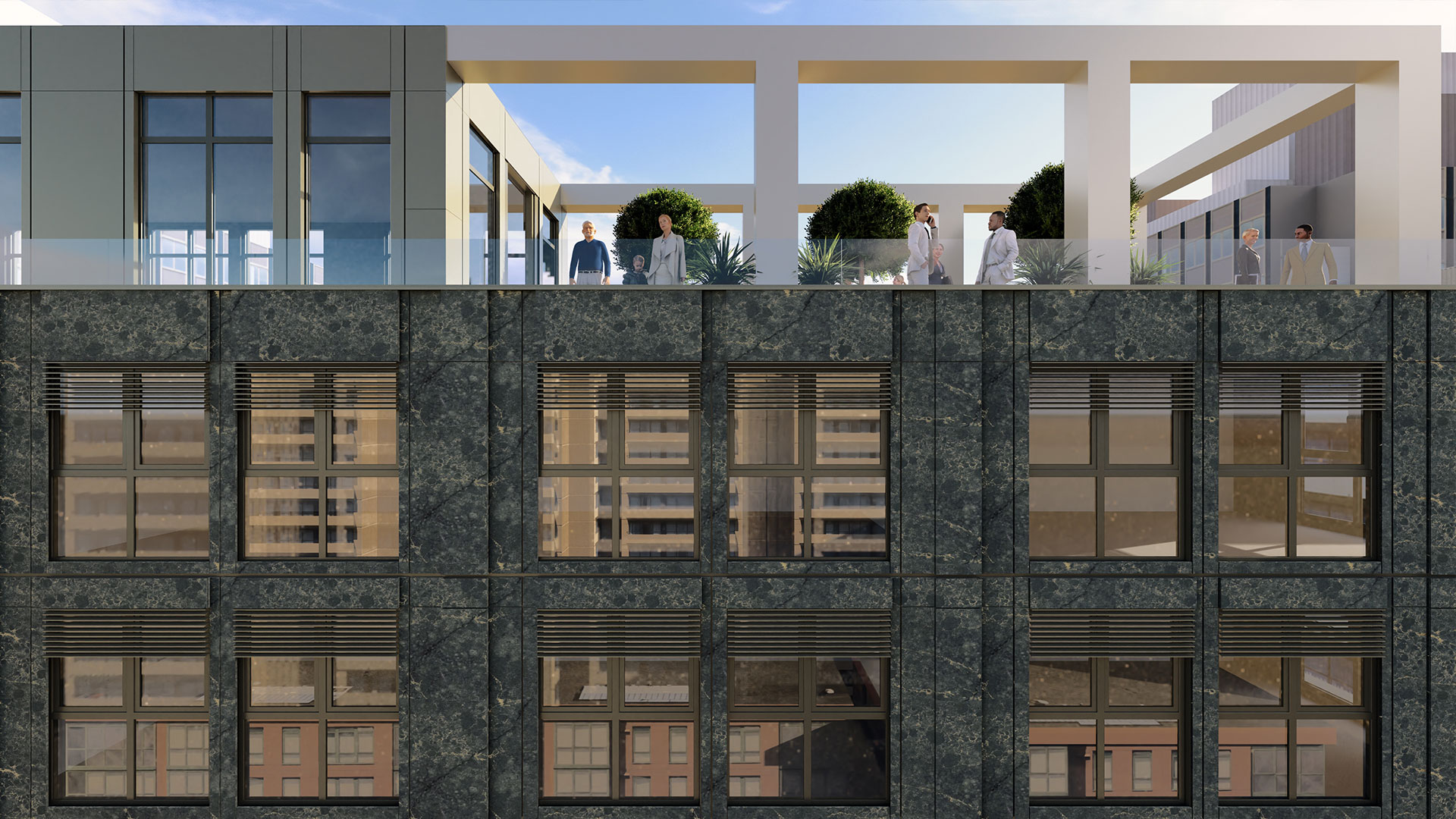
Cities are living systems, constantly evolving to meet the challenges of growth, climate, and technology. As urban landscapes expand, the way we design and construct buildings is being fundamentally reimagined. Prefabricated facade systems are at the forefront of this evolution-reducing environmental impact, improving energy efficiency, and accelerating project delivery without compromising aesthetics. Through innovation and sustainability, they are redefining how cities look, function, and endure. The future of architecture isn't just about form-it's about creating smarter, more resilient environments for generations to come.
Advantages of Prefabricated Wall Panels
For U.S. developers and city planners, prefabricated facades deliver reliable schedule control and performance at scale. These systems pair factory precision with streamlined on-site assembly to lower risk and keep projects moving-without sacrificing envelope quality.
Reduced Timelines and Lower Costs
One of the greatest advantages of prefabricated panels is the significant reduction in construction timelines. Thanks to factory production carried out in parallel with site preparation, installation can be completed quickly and efficiently without delays caused by weather conditions or on-site complexities.
Performing most of the work in controlled conditions minimizes defects and inaccuracies typically associated with on-site assembly. This reduces expenses linked to rework and corrections.
Lower labor needs on-site decrease total personnel costs and the demand for highly skilled workers, which is particularly important given the current shortage of construction labor.
Optimized logistics and the use of automated panel packaging systems reduce transport damage, saving additional resources.
"Dry" installation without wet processes shortens build time and allows construction even in adverse weather conditions, ensuring adherence to schedules.
Together, these factors guarantee savings of both time and money throughout all project stages, making prefabricated panels an effective tool for developers.
Compliance with Local Law 11 and 97, Energy Efficiency
Dextall prefabricated panels comply with the fundamental technical and environmental standards in the U.S. that regulate the fire resistance and energy performance of facades.
Local Law 11 and 97 in New York impose strict requirements on facade fire safety, including the use of non-combustible and certified materials, ensuring the protection of both residential and commercial buildings.
Prefabricated panels have enhanced thermal insulation properties, allowing them to meet energy efficiency standards and reduce heating and cooling expenses.
LEED and WELL certifications confirm that these facade systems support environmental sustainability and contribute to healthy and comfortable living and working environments.
Energy savings and compliance with modern codes help avoid penalties and strengthen a developer's reputation as a responsible and future-oriented market player.
Such code compliance not only improves the competitiveness of projects but also adds value for investors and end users.
Prefabricated Facade Panel Systems in the U.S. Market
Adoption is accelerating across the U.S. as jurisdictions raise performance expectations and investors prioritize speed, sustainability, and predictable outcomes.
Geographic Distribution and Popularity
Prefabricated facade panels are increasingly used in large and mid-sized U.S. cities where construction activity is intense. The most popular markets include:
- New York - due to strict fire safety regulations and high building density, where facade efficiency and safety are critical.
- California - climate conditions encourage the construction of energy-efficient buildings using lightweight, durable facade solutions.
- Texas and Florida - regions with harsh weather conditions requiring seismic-resistant and wind-resistant facade systems.
Other cities such as Boston, Philadelphia, Chicago, and Washington are also actively implementing prefabricated panels in their building projects.
Their popularity is explained by the rapid pace of construction, which demands shorter timelines and higher quality, as well as by developers' goal to meet strict environmental and technical standards. Prefabricated systems integrate easily into different architectural styles, expanding the possibilities for design solutions.
Cost Factors and Consumer Expectations
The cost of prefabricated facade panels is determined by high-tech production, quality materials, and optimized logistics. U.S. market consumers expect:
- Budget transparency - predictable costs for materials and installation thanks to an integrated factory-to-project process.
- Optimal price-to-quality ratio - facades must provide durability and minimal operating costs that justify the initial investment.
- Fast project completion - reduced construction timelines decrease financial risks and increase profitability.
- Sustainability and efficiency - rising demand for LEED and WELL-certified facades that confirm low carbon footprint and energy efficiency.
- Customized design solutions - the ability to choose finishes and configurations that meet a client's unique stylistic and technical requirements.
To remain competitive in the U.S. market, developers choose prefabricated facades for their ability to combine technological innovation, financial efficiency, and compliance with strict standards. As an industry leader, Dextall meets these expectations by offering comprehensive solutions with guaranteed quality and long-term performance.
Shaping the Urban Future
As American cities pursue lower emissions, resilient infrastructure, and on-time delivery, prefabricated facades offer a practical way forward-merging code-ready performance with architectural flexibility.
Learn how design teams translate these market and policy drivers into expressive, buildable solutions in "Why Prefabricated Panels Attract Architects."
Frequently Asked Questions
Where in the U.S. are prefabricated facades most in demand?
Adoption is strongest in New York, California, Texas, Florida, and metro areas like Boston, Philadelphia, Chicago, and Washington-markets with strict codes, high activity, and schedule pressure.
How do these systems support compliance with Local Law 11 and 97?
Factory-standardized, non-combustible assemblies and documented testing help meet facade safety requirements (LL11) and energy-performance targets (LL97), supporting smoother approvals.
Do prefabricated facades limit architectural expression?
No. Systems integrate with multiple finishes and geometries, enabling traditional or contemporary design while maintaining consistent thermal and envelope performance.
What drives total cost advantages on large projects?
Parallel off-site fabrication, reduced rework, fewer weather delays, optimized logistics, and lower on-site labor needs improve schedule certainty and overall cost control.
Are these solutions viable outside coastal markets?
Yes. Prefabricated facades are expanding across diverse climates and risk profiles-including regions with seismic, wind, heat, and storm considerations-thanks to their resilience and energy efficiency.



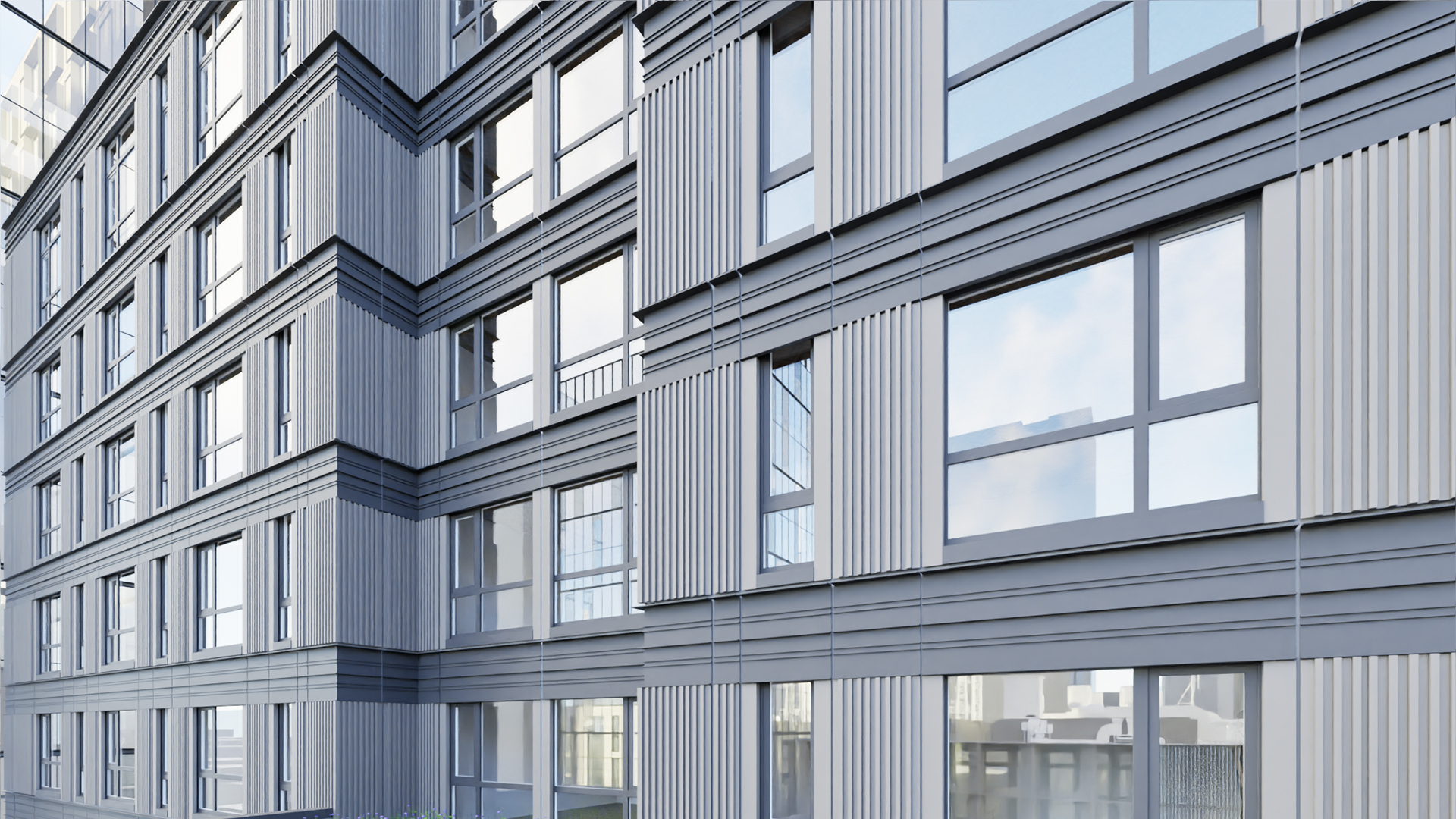
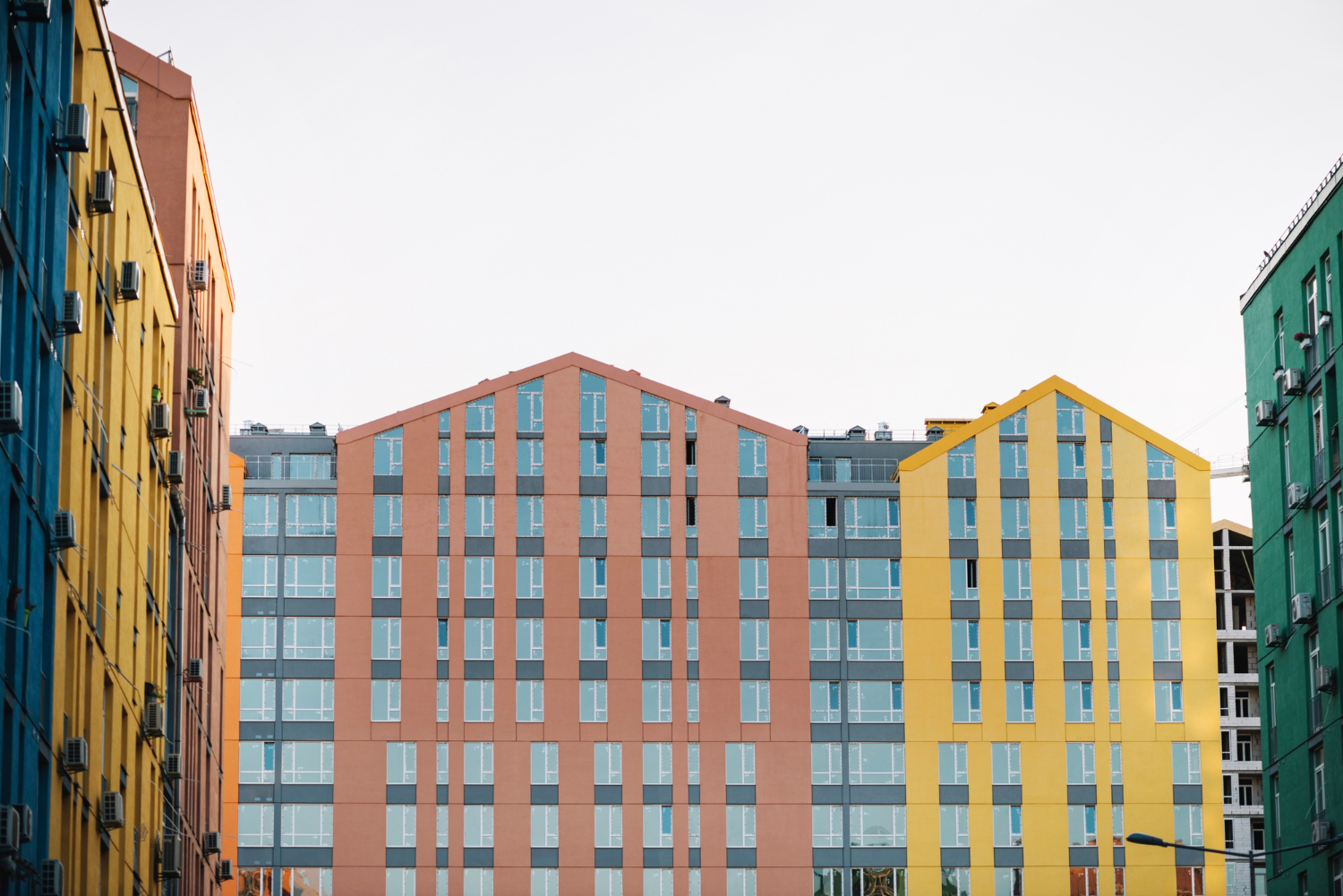


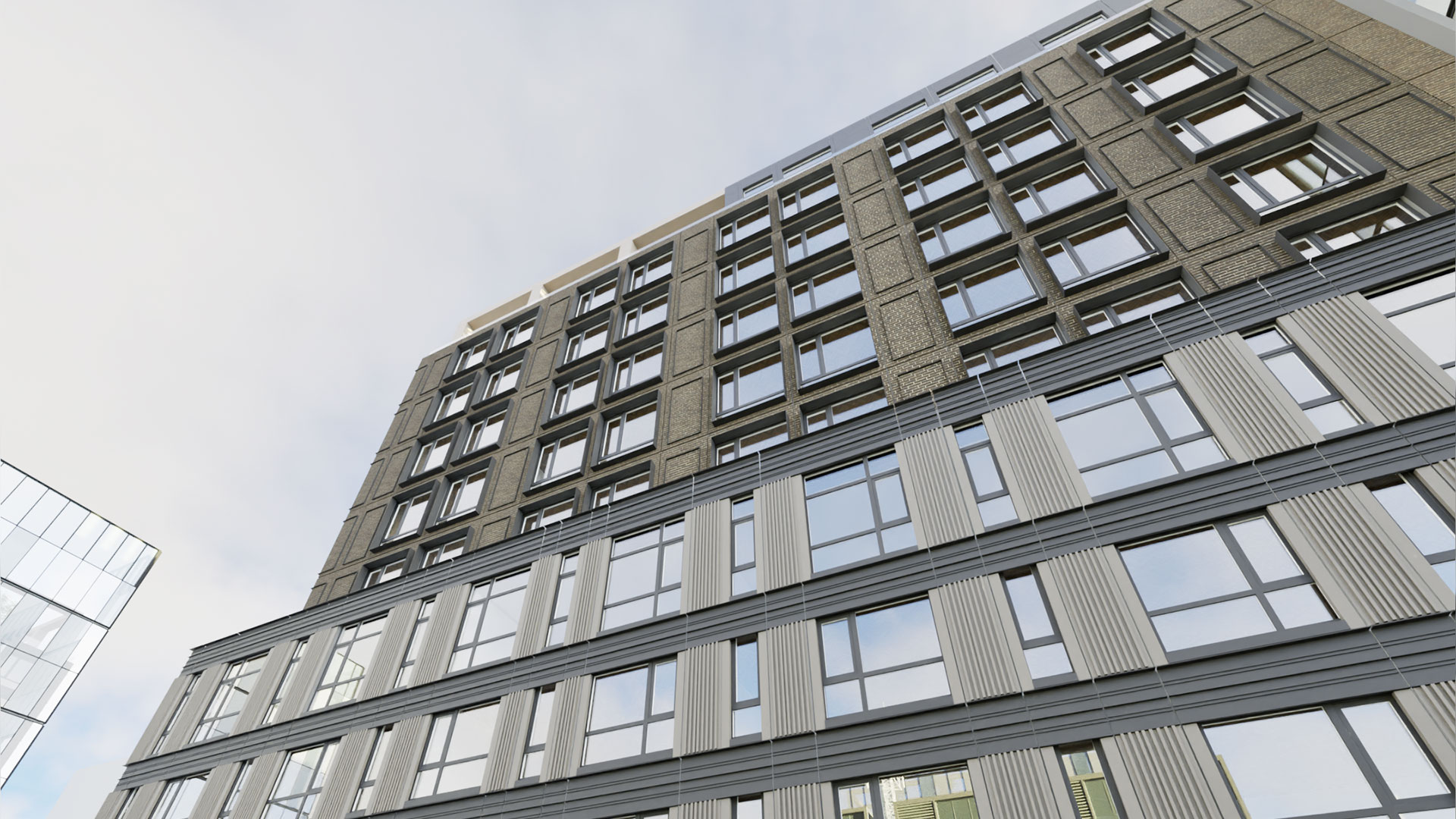
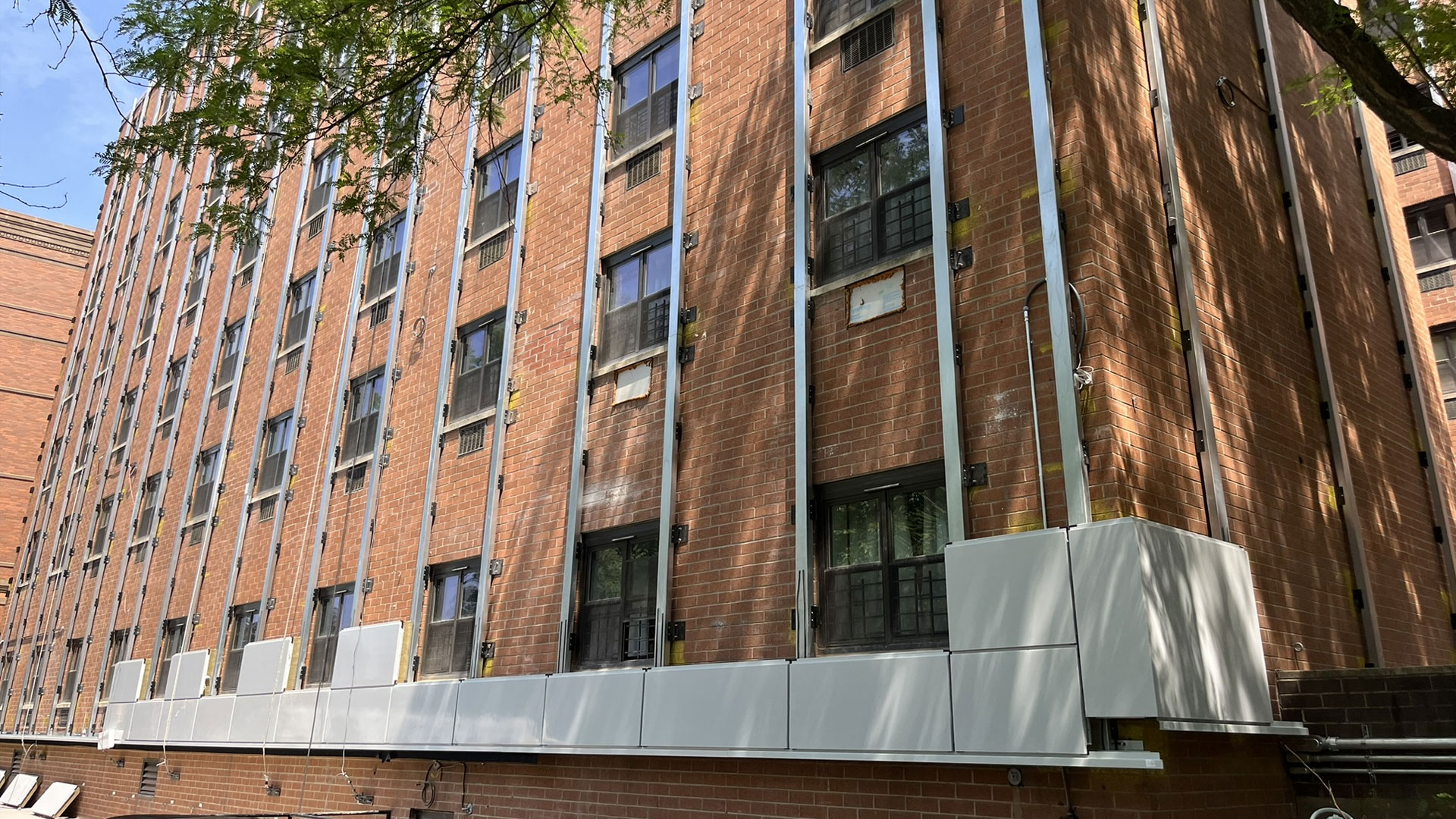
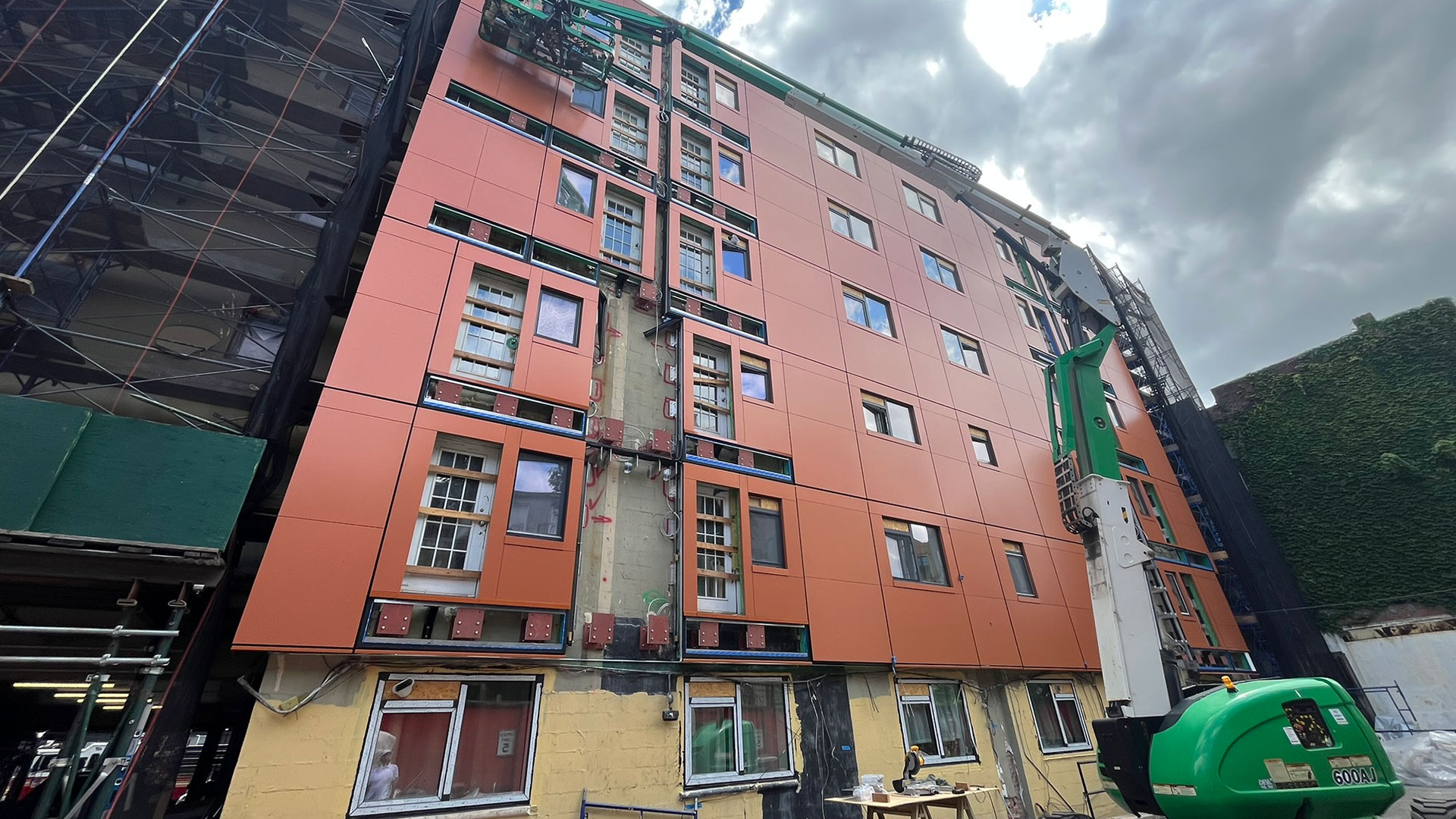
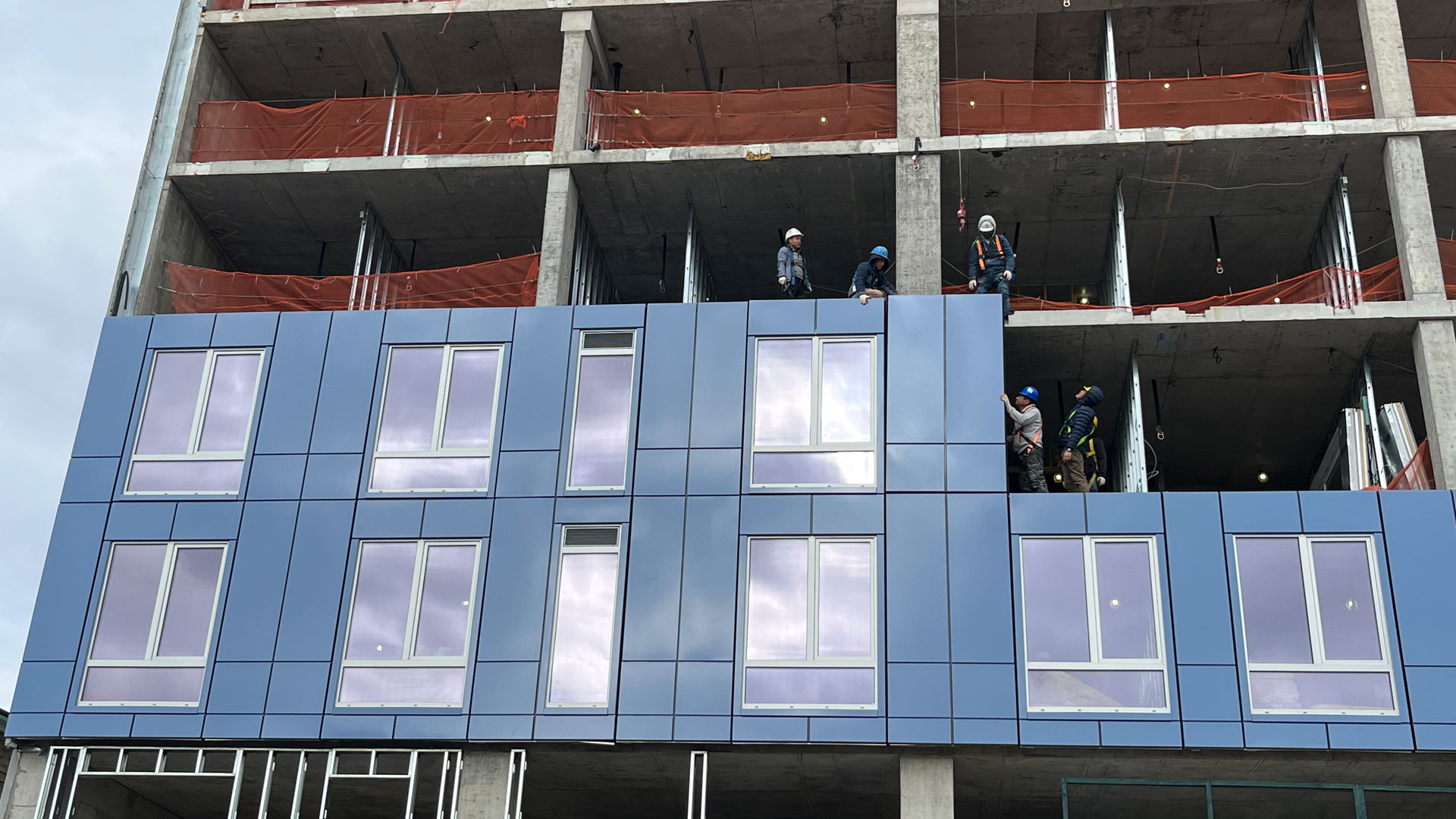
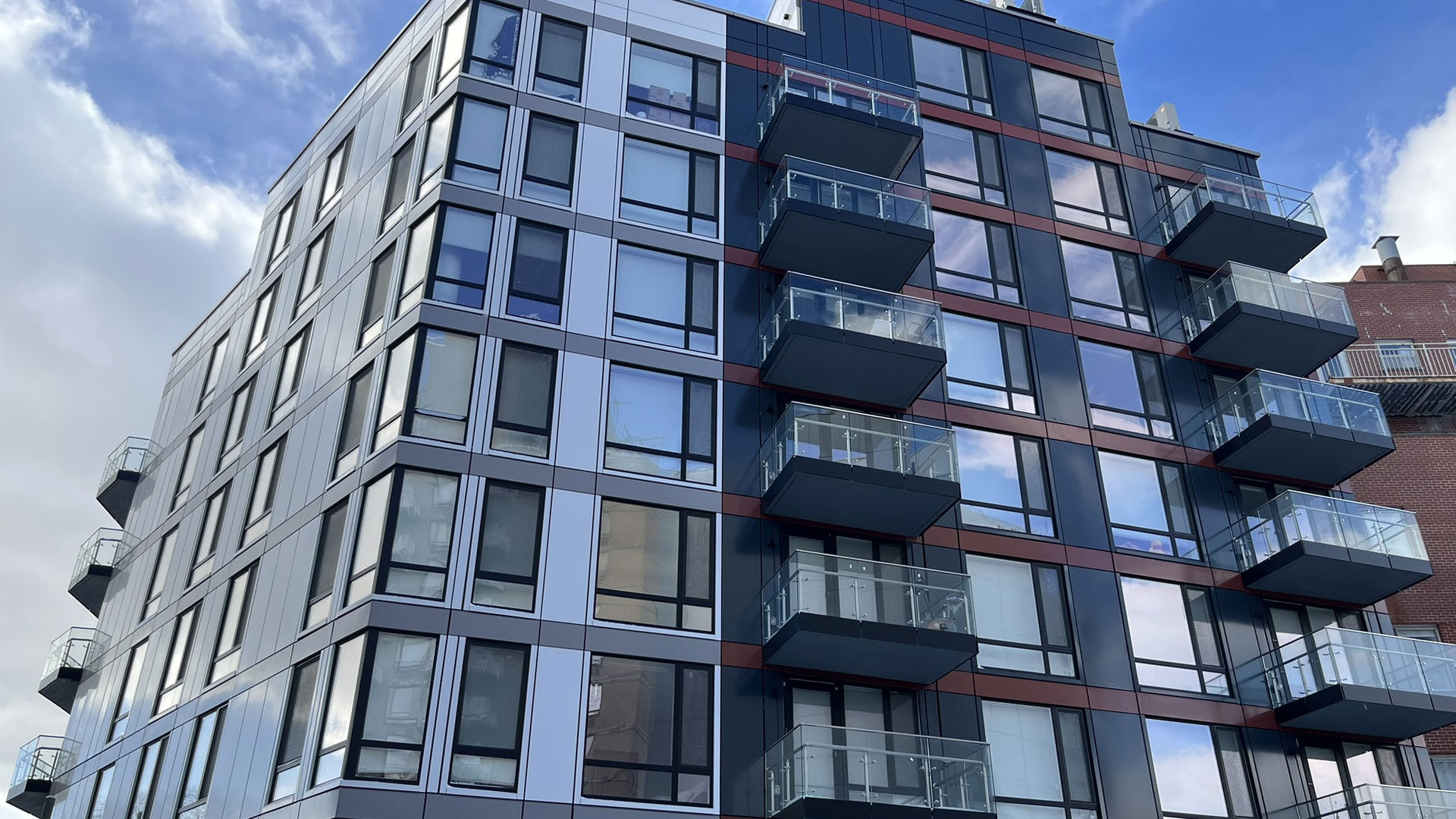
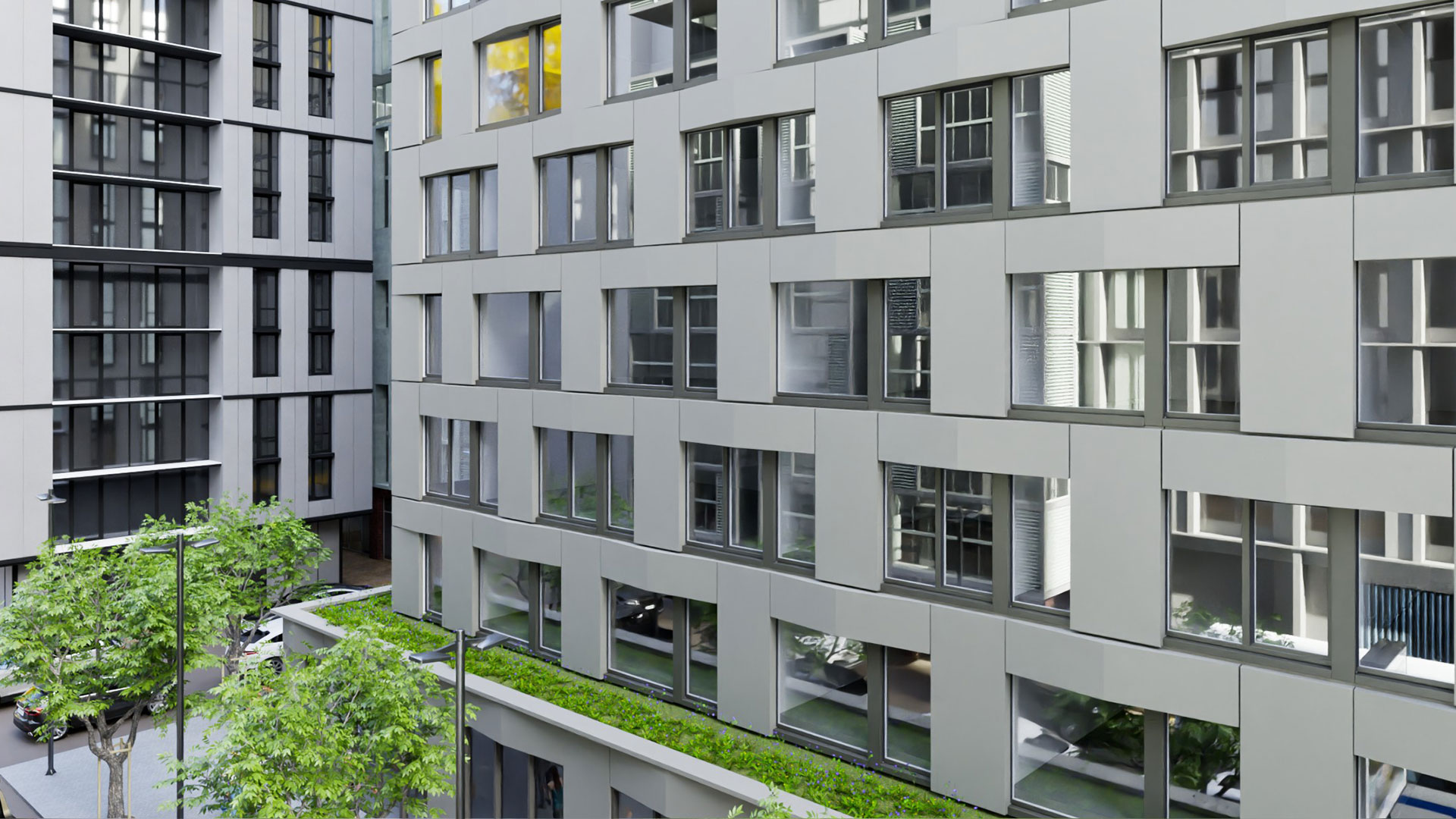
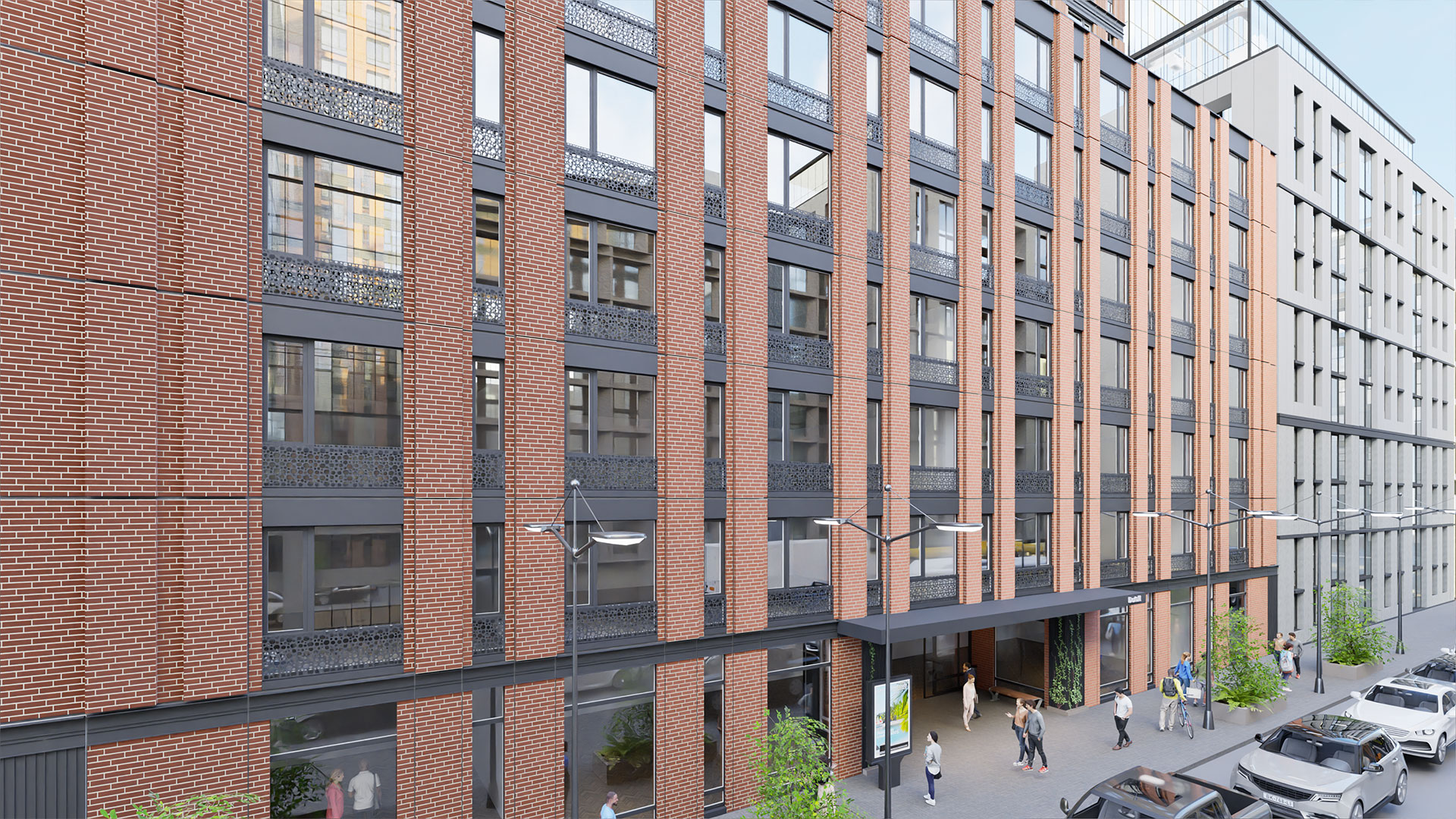
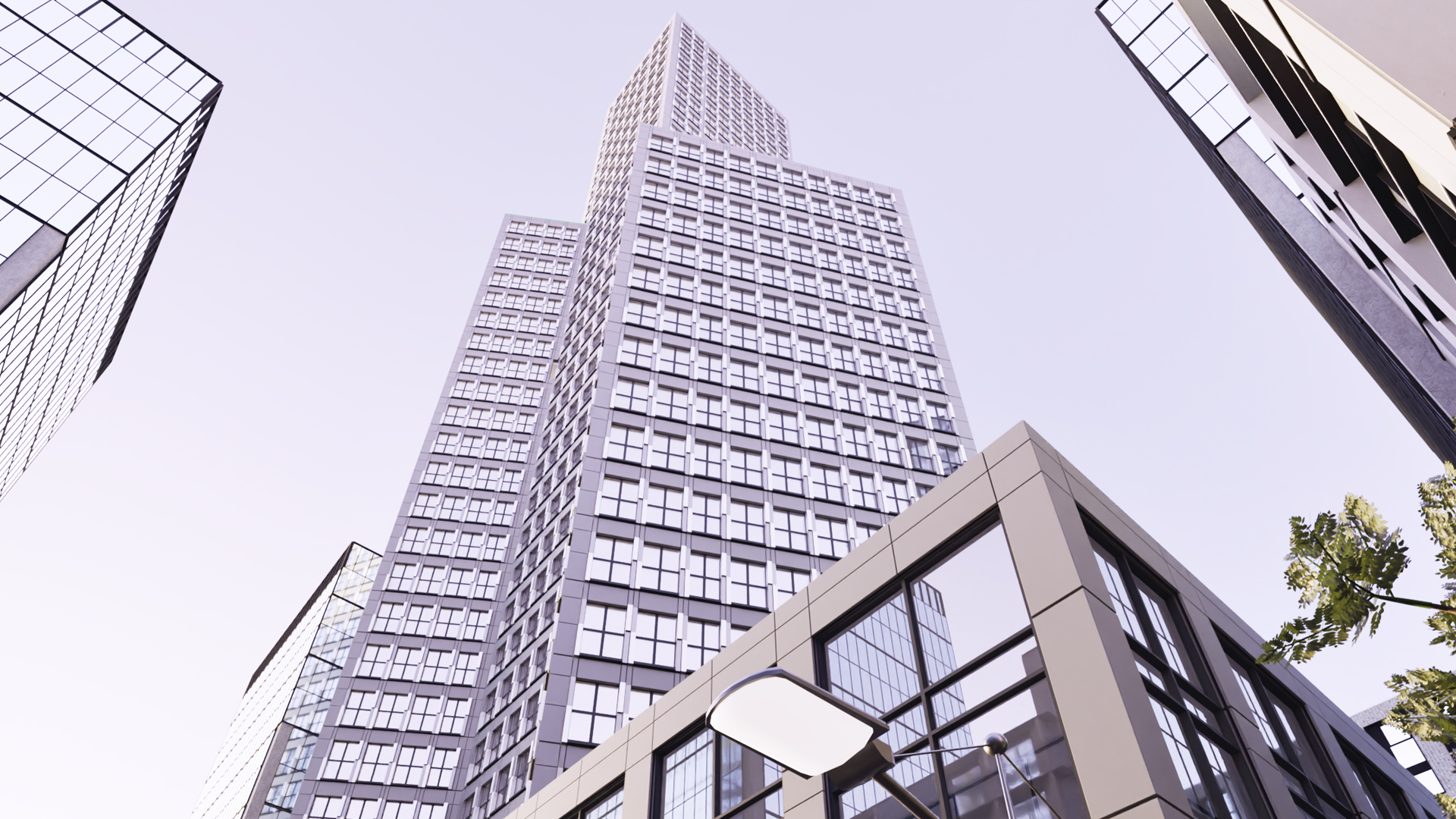
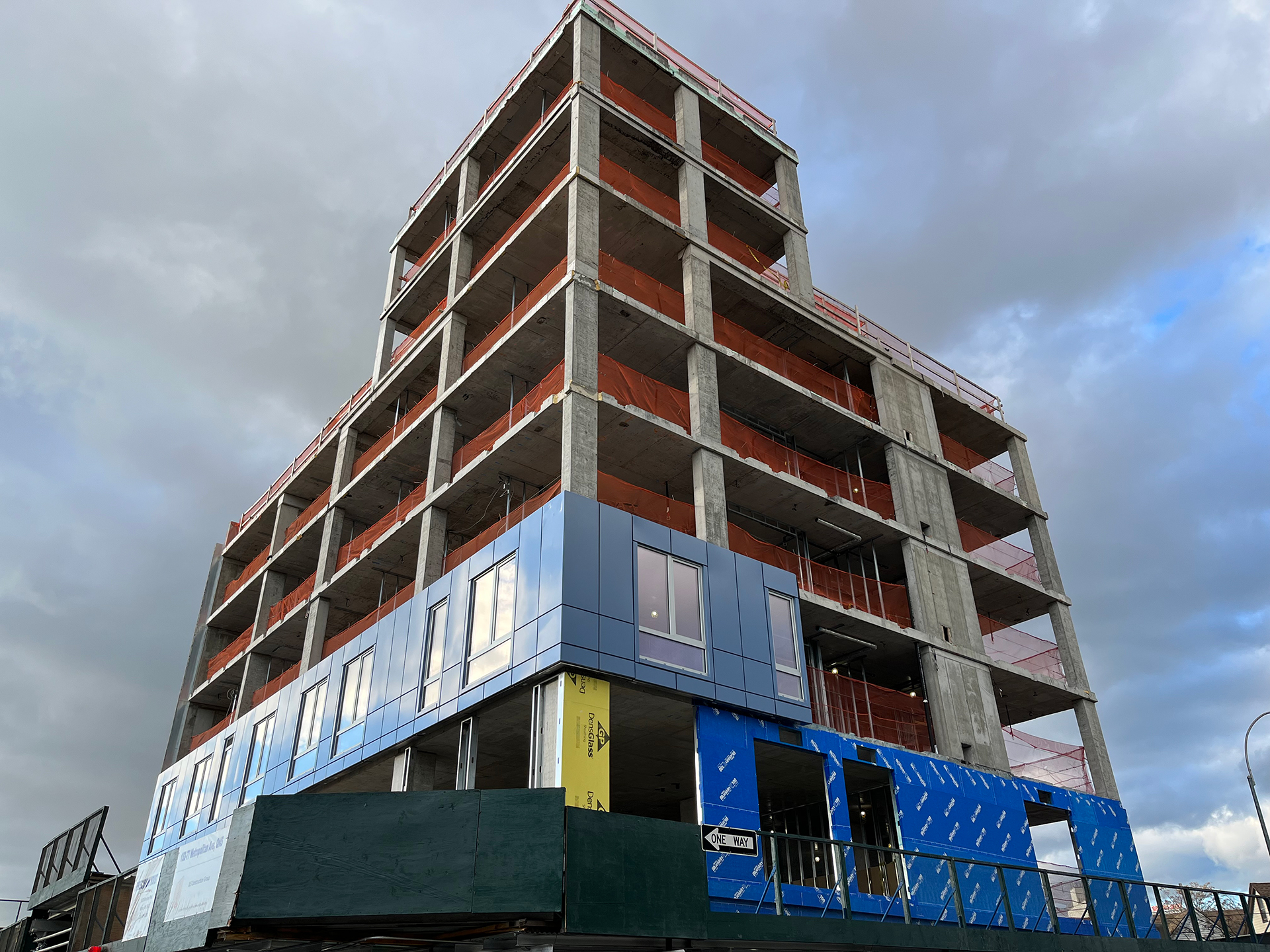
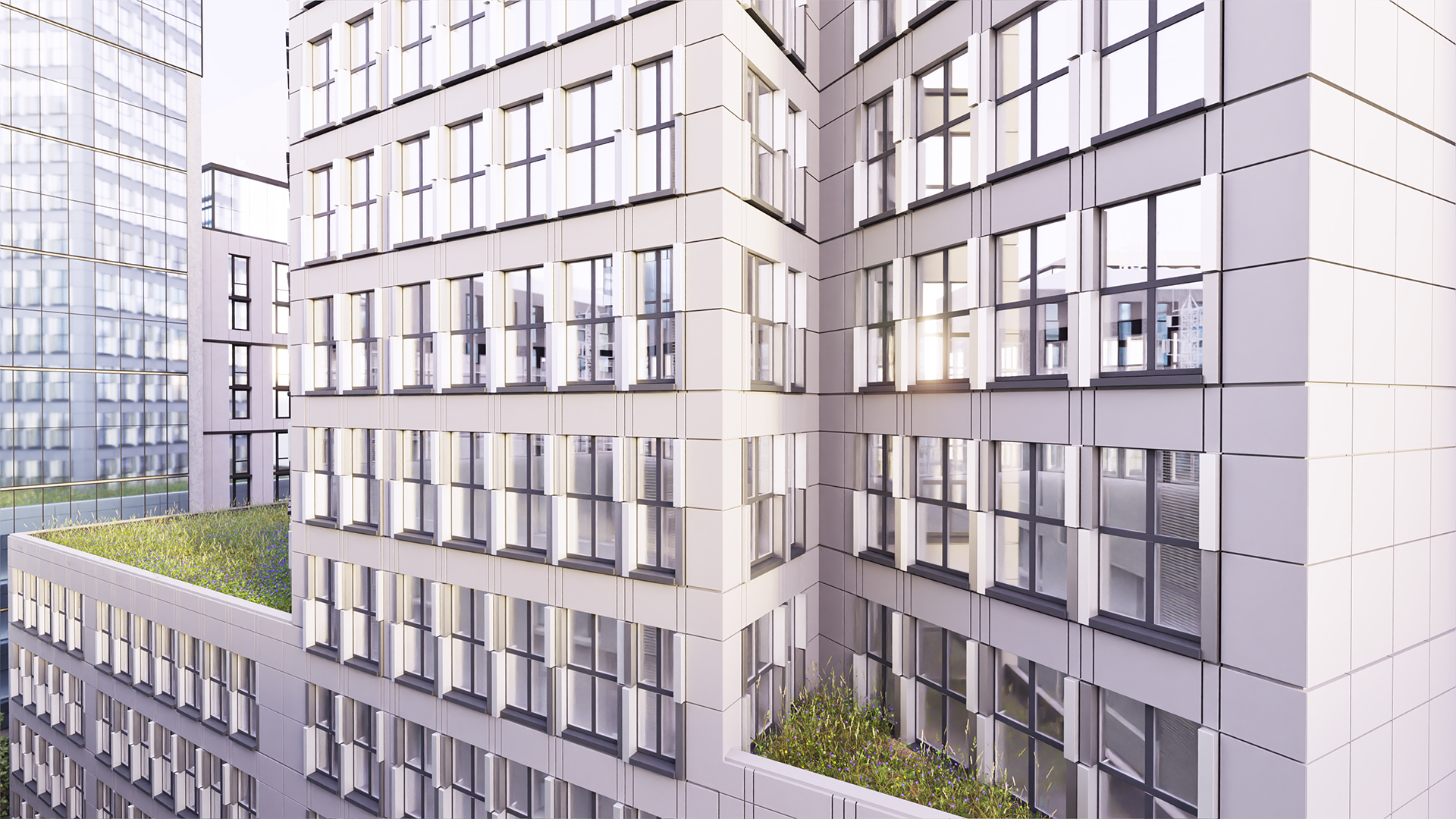






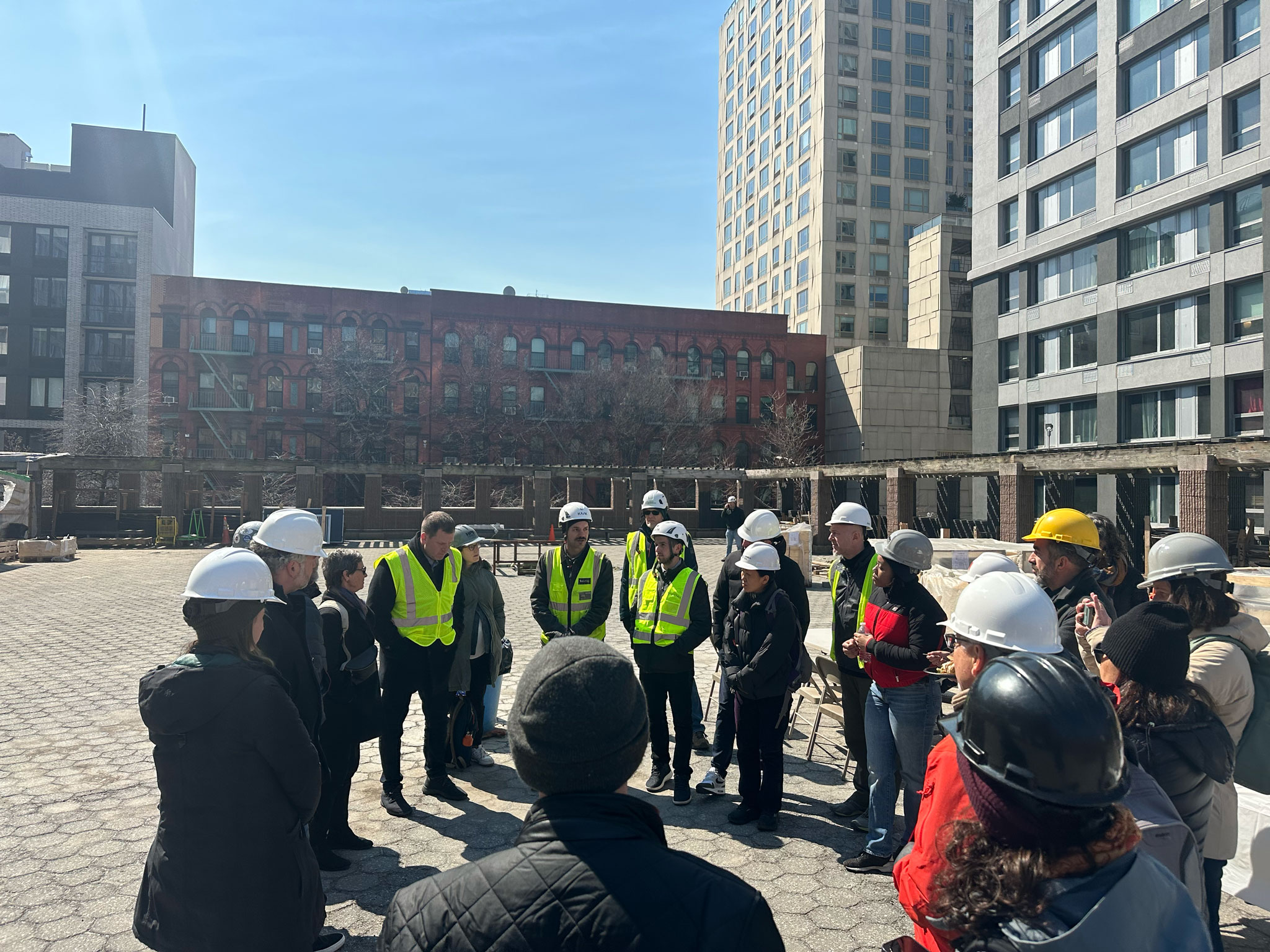



_format(webp).avif)
_format(webp)%20(6).avif)
_format(webp)%20(5).avif)
_format(webp)%20(4).avif)
_format(webp)%20(2).avif)
_format(webp)%20(3).avif)


.avif)
_format(webp)%20(2).avif)